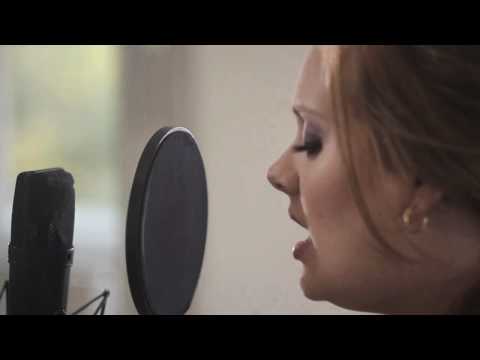The chords of a pre-chorus, like the melody and lyric, need to build song energy.
____________________
Read more about how “The Essential Secrets of Songwriting” 6-eBook Bundle can make you a top-level songwriter.
____________________
 A pre-chorus is a short section of music that sits between the verse and the chorus. Its main function is to act as a transition between the verse and chorus, to allow those two sections to connect together a little better. Choosing to write a pre-chorus usually means that at least one of the following is true for your song:
A pre-chorus is a short section of music that sits between the verse and the chorus. Its main function is to act as a transition between the verse and chorus, to allow those two sections to connect together a little better. Choosing to write a pre-chorus usually means that at least one of the following is true for your song:
- The verse melody is short.
- The verse chords are static and rather unadventurous.
- The end of the verse melody is far away (in range) from the first note of the chorus.
A fourth possible reason might be that the end of the verse lyric and the start of the chorus lyric leaves a gap in the story, or an incomplete thought that can be covered with a pre-chorus. (Adele’s “Someone Like You” could be a good example of this).
A pre-chorus can sound like an extension of the verse melody. So how do you know that you are dealing with a pre-chorus, and not just an extended melody? Mainly this: an extended verse sounds like it’s building on and/or completing something left uncompleted by the first part of the verse, while a pre-chorus sounds like it’s following a complete (though possibly somewhat short) verse.
That’s why Katy Perry’s “Firework” is a good example of a pre-chorus, while Lennon & McCartney’s “Lucy in the Sky with Diamonds” is an extended verse.
So if your verse is short, with only one or two chords, adding a pre-chorus allows for some energy to build and set the listener up for the chorus.
What really makes that energy-build happen pertains more to the chords you’ll use than anything else. Here are some tips for getting those chords just right so that the chorus sounds like the burst of energy it should be:
- The last chord of your pre-chorus should connect smoothly to the first chord of your verse.
- If your chorus begins on a I-chord (i.e., the chord represented by the key of your song), the last chord of the pre-chorus might be V, IV, ii, or perhaps flat-VII.
- The listener should perceive a strengthening of a chord progression as a pre-chorus proceeds. That means that as the pre-chorus moves along, the chords point to a harmonic goal represented by the first chord of the chorus (not the last chord of the pre-chorus.)
- Consider building instrumentation and increasing volume as the pre-chorus moves toward the chorus. That will help with the energy build.
-Written by Gary Ewer











Hi Gary,
Re-reading some of your earlier posts. Great stuff!! But I do need some clarification. I may be misunderstanding you but in tip #1 you state “The last chord of your pre-chorus should connect smoothly to the first chord of your verse”. Should that be “…first chord of your chorus” since the pre-chorus usually leads into the chorus? Or am I missing something?
If so, sorry. Keep those post coming!
Hi Roger:
Yes, I probably should have put chorus, since that is where the majority of bridges move. But some songs will return to give you a verse 3. (I don’t have one in my mind at the moment, but if I think of one I’ll add to this comment.)
Interestingly, with The Beach Boys’ “God Only Knows”, they do an extended instrumental bridge, then return to the chorus (actually a short refrain), and then go back to give an extra verse.
Thanks!
-Gary